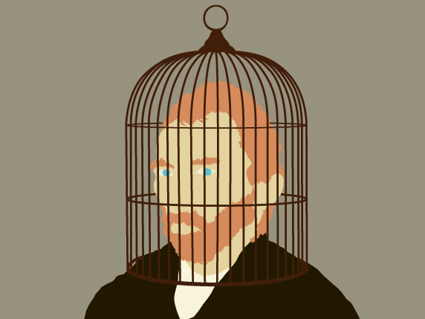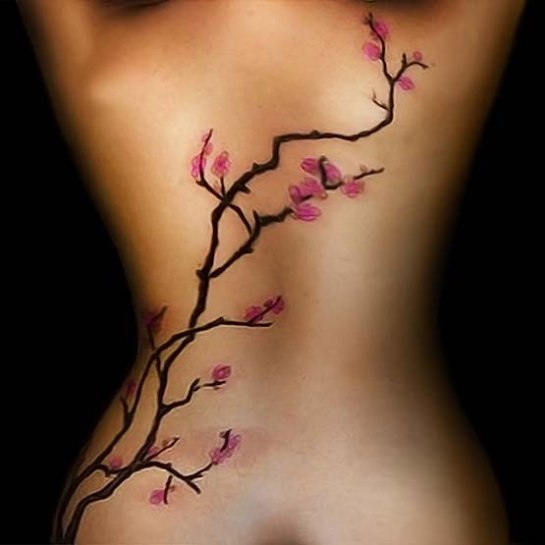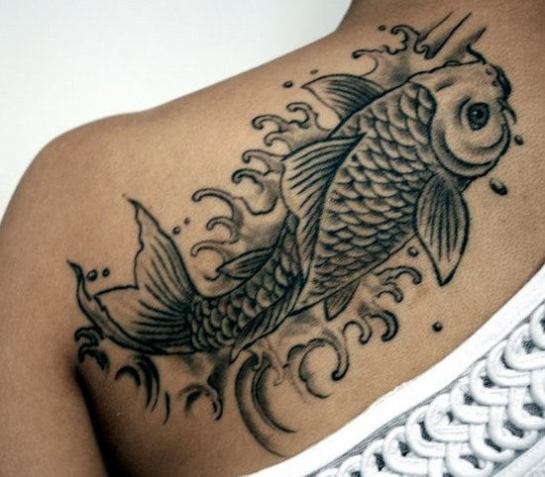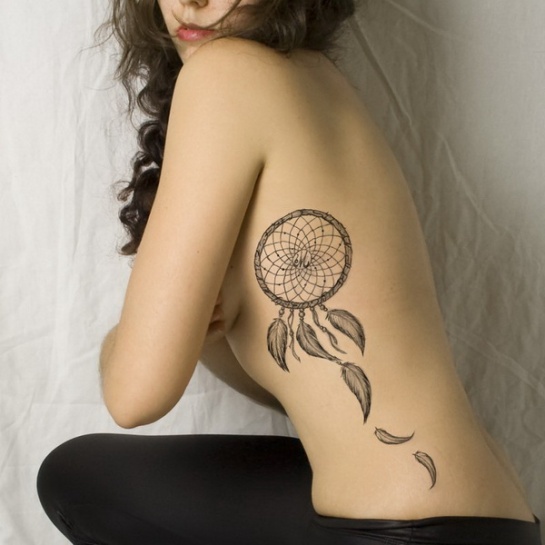Greenville artist Yuri Tsuzuki has designed a series of very special butterfly sculptures connected to the forthcoming Cancer Survivors Park that will represent the struggle for life, rebirth and hope of the cancer survivors.
With the arrival of spring, scores of artful butterflies are expected to descend this month into downtown Greenville.
Fittingly, you’ll find most of the 200 butterflies gracing Spring Street — on buildings, lamp posts, street signs and trees.
The silvery steel figures, each about the size of a human hand, are designed by Greenville artist Yuri Tsuzuki, for whom the delicate creatures represent Greenville’s dynamic metamorphosis from small textile village to sparkling world-class city. Tsuzuki’s butterfly project, connected to the forthcoming Cancer Survivors Park, also stands as a potent symbol of the possibility of victory over an often-devastating disease.
“Butterflies celebrate the struggle for life, rebirth and hope,” Tsuzuki said.
The butterflies, a permanent display, will create a fluttery line down Spring Street, starting at Coffee Street and leading toward the park.
“It forms a journey into the park,” said Kay Roper, executive director of the Cancer Survivors Park Alliance. “It’s a beautiful idea. We were thrilled she came to us.”
The initiative will culminate at the entrance of the park with Tsuzuki’s large sculpture, 10 feet in height, of dozens of butterflies swarming together.
Tsuzuki’s public art project — which bears the title “Do Butterflies Dream?” — emerged from pride in the artist’s hometown but also from grief.
Tsuzuki’s own father succumbed to cancer.
“For me, it was very important to do something to help connect downtown to the park,” Tsuzuki said. “I think this park is going to be a wonderful place for survivors and families.”
Speaking in her studio — a converted two-story garage near the Cleveland Park-area home where she’s lived since the age of 1 — Tsuzuki recalled one of the inspirations for the project.
“I remember going to one more chemotherapy session with my father in spring and seeing a butterfly,” Tsuzuki said. “Even though he was so sick, I know that created a moment of happiness for him. That’s what I’m trying to capture.”
Some of the butterflies Tsuzuki is devising will be available for purchase, with the proceeds going to help fund the Cancer Survivors Park, slated for construction beginning in May.
Tsuzuki said the butterfly project also was born of her fascination with how Greenville has changed for the better through the years.
“Like many of us who grew up here, I’ve left and come back many times, and each time I’ve come back, the city has changed dramatically,” Tsuzuki said. “I wanted to give something back to the city in artwork. This celebrates Greenville and the city’s transformation, what brings people here.”
She hopes the butterflies, which she creates with the help of fabricator J.R. “Dude” Hannon, will resonate with people on a very personal level.
“I thought about my own life and how each of us would like to continue to progress and change throughout our lives,” Tsuzuki said. “I thought the butterfly was a very apt symbol for ourselves and for Greenville.”
Tsuzuki is creating the silvery butterflies in three sizes, adding a clear coat — and another layer of meaning — for a shimmering reflection in the sunlight.
“I wanted people to see these butterflies as both fragile and steel, that they’re very strong,” Tsuzuki said. “I wanted to keep the integrity of the material.”
Mayor Knox White said city leaders were particularly pleased that the initiative would bring public art to Spring Street. Much of the city’s public art is centered on Main Street.
“It’s a creative project that’s sure to get a lot of attention,” White said. “One of the great ingredients of a great downtown is that there should be great surprises around every corner. This is one more of those many things that make the downtown pedestrian experience particularly appealing.”
Tsuzuki hopes the butterflies, which she will begin to install this month, will catch people unaware, similar to the bronze Mice on Main.
“The happiness I derive is that moment of surprise that I can create for someone,” Tsuzuki said. “In any culture, seeing a butterfly is a magical moment. To be able to create that as an artist is wonderful.”
Tsuzuki credits the City of Greenville and its Arts in Public Places committee for their support. The butterfly project is funded by the city, the Cancer Survivors Park Alliance and its donors, and Tsuzuki herself.
The name of the project — “Do Butterflies Dream?” — was inspired by an ancient Chinese story that comments on the often dreamlike nature of reality.
“A philosopher took a nap one spring afternoon and dreamed he had turned into a butterfly,” Tsuzuki said. “The dream was so vivid that when he awoke he rubbed his eyes and said, ‘Did I dream I was a butterfly? Or did the butterfly dream it was me?’”
‘Heart of steel’
Tsuzuki, who worked with the renowned environmental artist Christo for 10 years, has spent considerable time outside of Greenville but always returns home. Tsuzuki’s father came to Greenville from Japan to work in Greenville’s then-thriving textile industry.
A graduate of Princeton University in fine art, Tsuzuki later attended graduate school at Columbia University and worked for 10 years as a TV reporter for “Good Morning Japan.” Hoping to focus on art-related stories for the Japanese-language program, she ended up largely covering business news live from Rockefeller Center.
Since devoting herself full-time to art, Tsuzuki has enjoyed major solo exhibitions in New York, Tokyo, Nagoya, Bogota and other international cities.
It was during a recent six-year stint in Bogota, Colombia, where she had journeyed for her husband’s work, that Tsuzuki began extensively working in steel sculpture.

Artist Yuri Tsuzuki’s butterflies are taking shape inside H&H Mechanical Services, where she’s working with metal fabricators to create 200 of them for a public art project in downtown Greenville. | Image Source: greenvilleonline.com
“It gave me a chance to create larger works and move them outside because they’re durable,” Tsuzuki said.
She got her artistic start as a sculptor in clay and wood, later becoming a painter. She now works almost exclusively in steel sculpture.
“The fun challenge of it all is to make this medium, which has such a masculine image, to shimmer, to give it a light feeling of movement,” Tsuzuki said. “That’s what gives me the most fun and the most headaches.”
Some of the Tsuzuki’s work currently can be seen in an exhibition, “Heart of Steel,” at the Hampton III Gallery in Taylors.
Gallery owner Sandra Rupp said “there’s a dance going on” in Tsuzuki’s work. “Yuri’s sculptures create a tension that elicits contemplation of reality with a joyful playfulness.”
Tsuzuki will present a gallery talk today, 11 a.m. to noon at Hampton III, 3110 Wade Hampton Blvd., Suite 10 in Taylors.
Cancer Survivors Park
The 6.8-acre Cancer Survivors Park has been in the works for 15 years; after many delays, construction should begin in early May, Roper said.
“We’re anxious to get started,” Roper said.
The park will be located along the Greenville Hospital System Swamp Rabbit Trail, connecting Falls Park to Cleveland Park behind the Greenville Chamber of Commerce building.
Currently in the area, graffiti dots the pilings that support the Cleveland Street bridge. A large, black sewage pipe runs alongside the notorious “cheese grater” bridge that stymies runners and bikers — and more than a few dogs whose owners end up carrying them bodily across.
All of that will be transformed into a lush space with a 2,000-square-foot education center, children’s garden, a labyrinth, manicured plazas and more.
The children’s garden will include a bronze sculpture of a lion by Charles Pate Jr., titled “Fear Not.”
Supporters have raised $4.3 million toward the park’s projected pricetag of $7.5 million.
Current plans call for the park to open sometime in summer of 2016
The park was inspired by a Greenville high school student’s project to beautify the area outside a local cancer treatment center.
Over the years, the idea grew to become the current plan for an expansive park dedicated not only to those who have survived the disease but also those who are battling it and others who have lost loved ones to cancer.
“We want the park to be there not only for those who have survived cancer but for caregivers, children and parents who are left behind,” Roper said.
For the latest in local arts news and reviews, follow Paul Hyde on Facebook and Twitter: @PaulHyde7.
YOU CAN GO
See the artist’s “Heart of Steel” exhibition from 1 to 5 p.m. Tuesday through Friday and 10 a.m. to 5 p.m. Saturday at Hampton III Gallery, 3110 Wade Hampton Blvd., Taylors. Tsuzuki will present a gallery talk today, 11 a.m. to noon at Hampton III.
It’s not always gonna be easy having a career in the arts but it’s best to have fun and let your passion shine through your works. Hi, my name Louise Habash and I’m an art student from New Port Beach. Follow me on Twitter for more helpful tips for budding artists.
























